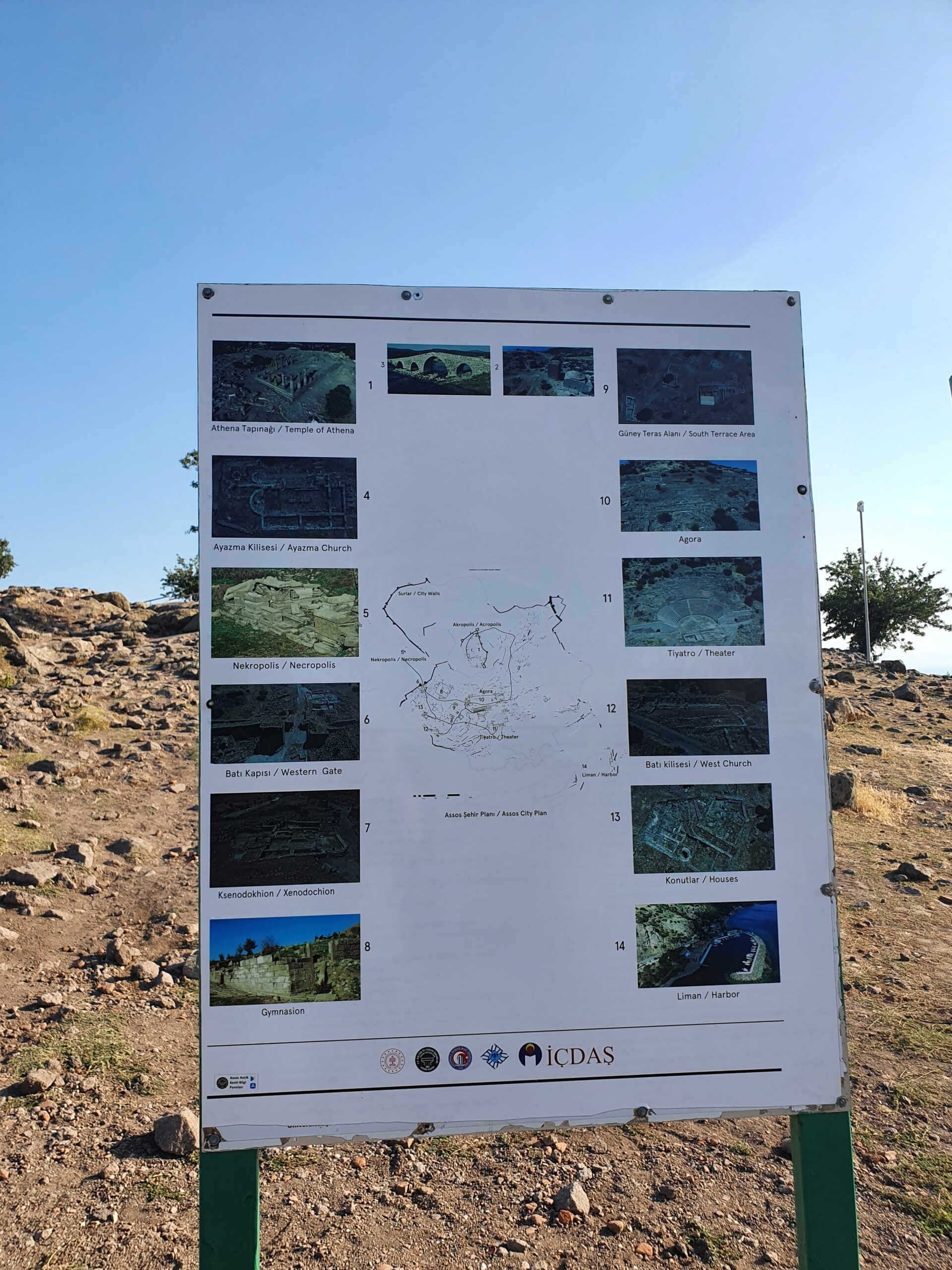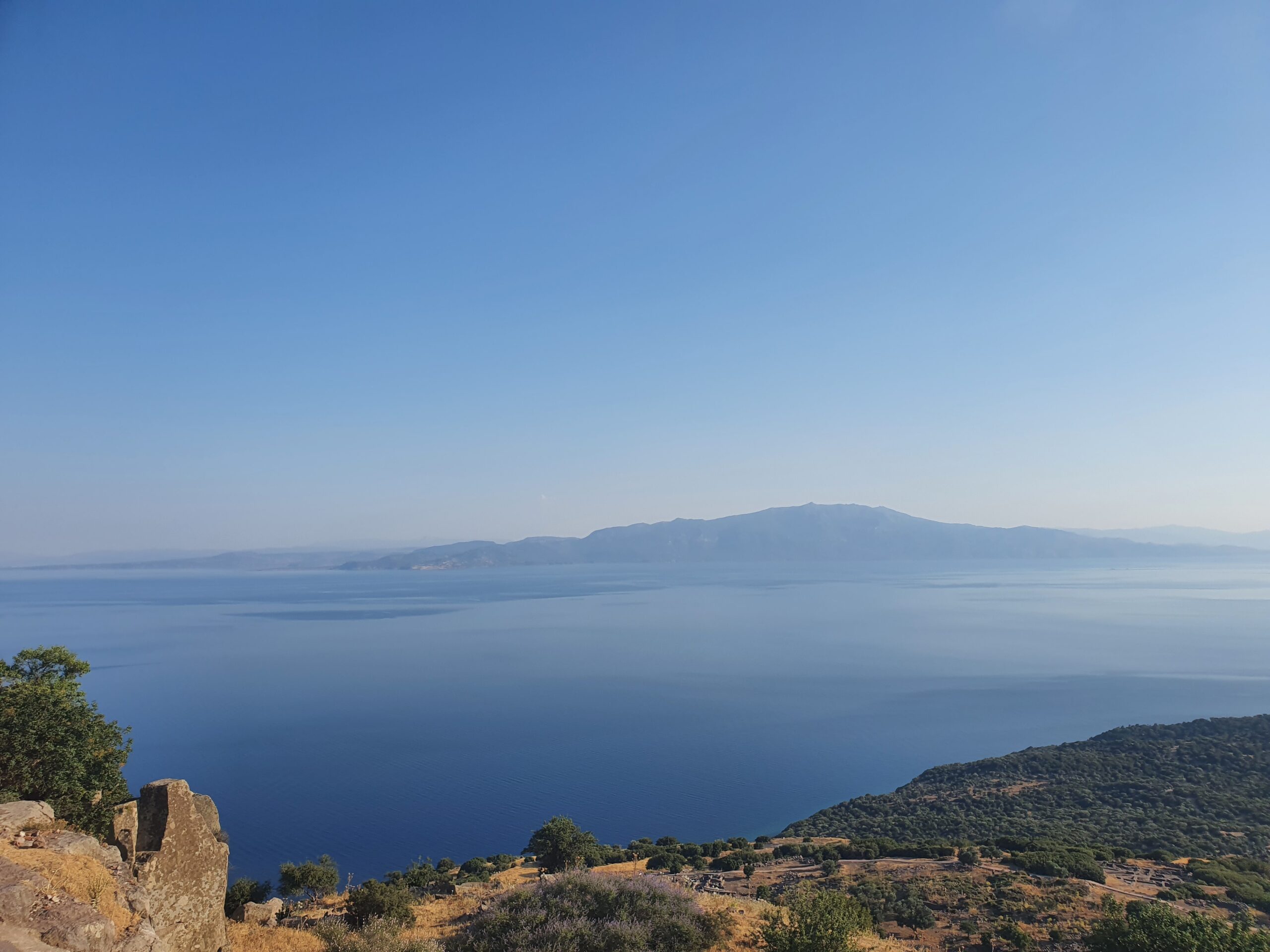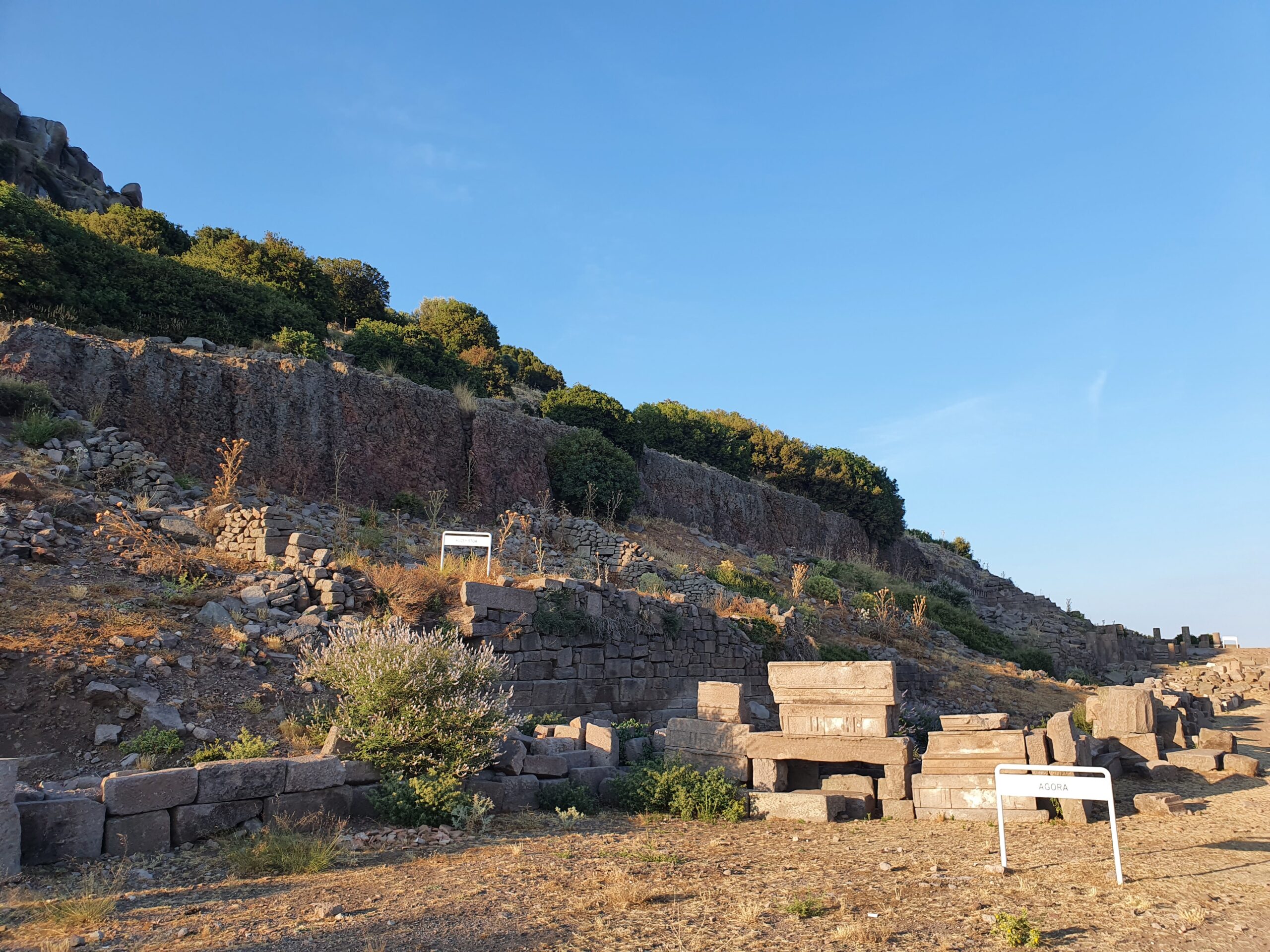Assos- Things to do
Information
We keep on exploring the fantastic Canakkale. After exploring Gokceada, Canakkale Center, Gallipoli, Troy, and Bozcaada, the next step is Assos.
We will be spending two days here and will be trying to explore Assos and Behramkale, and planning to swim at one of the beaches. This is our final stop for the road trip and we are planning to move to Balikesir and Izmir for family visits since this is the festival period.
Where is Assos?
You can see the location of Assos below. It is part of Canakkale.
Assos – Brief History
The first settlement in Assos dates back to the Bronze Age. Assuwa in Hittite texts and Pedasos in Homer’s Iliad are both set to be equal Assos [1]. Aeolian colonists from Lesbos Island founded the city. Assos was one of the cities which joined Lydia. It was ruled by the Persians till Alexander the Great (there is a period where the city was at its peak and controlled by the banker Eubolos and Hermias) and became part of the Pergamon Empire. And, the Romans took control in 133 BC [2]. In the Byzantine period, the city was still popular. In 1330, it came under Ottoman control.
Assos is in UNESCO Tentative List.
We will provide more information in the Ancient City section.
Day 1
Traveling to Assos
After visiting friends in Odunluk, we drove to Alexander Troias first. There is huge history still waiting to be explored in this area. It was just a quick look and we wanted to check the Apollon Smintheion on the road to Assos. Unfortunately, we had no luck seeing Apollon Smintheion (maybe next time in the near future, hopefully) due to timing and we moved to Assos (the hotel is in Koyunevi and the name is Altera Hotel). The roads to the hotel are not good at all (tip: if you want to go to this hotel, make sure you call them first and they will direct you to a safer parking area in the middle of the village). The village could be a good spot to enjoy the nature and owner of the hotel is very talkative.
Day 2
Swimming at Sokakagzi
We selected Sokakagzi Beach to get rid of the crowdedness at Kadirga Beach and to enjoy the last days of this road trip. Again, the road is challenging (that is why we like Ayvalik&Cunda most), be careful here during driving. One thing we are not a fan of Assos after this trip could be the challenging roads.
You know there is always a good thing after a challenge, so the sea is perfect at Sokakagzi. It was like that was fully reserved for us. You can sit anywhere at the beach and enjoy this wonderful clean sea.

We will move to Behramkale around the afternoon to see historical spots.
Behramkale and Assos
Behramkale
It is a small village attached to the Ayvacik district. It is fair to say that Behram is an Ottoman village and the ruins of Assos are still within the village’s borders. Basically, the village looks towards one side and the ancient city looks towards to the sea. It is thought that the origin of Behram is from its Byzantine name Makhramion and Makhram (or Machram). [3] The most important figures from the Ottoman period are Behram Bridge and Murad Hudavendigar Mosque.
Walking thru these Ottoman streets was great. There are small souvenir shops and cafes around. The ancient city entrance is also the location of the Hudavendigar Mosque. It represents the early Ottoman period with a single dome square plan modest style and there is no minaret at all.
Assos
Starting with two important pieces of information below in addition to the brief history mentioned above.
- Eubulus the banker ruled both Assos and Atarneus. His former slave Hermias ruled the city later. Hermias had studied in Plato’s Academy and met Aristotle. Once Plato died, Aristotle moved to Assos to find his philosophical school and married Phytias, Hermias’ daughter or niece. Eventually, Hermias was Aristotle’s father-in-law. That is why there is Aristotle’s figure in Behram. As a side note, Aristotle was also the tutor of Alexander the Great. In the Hermias period, the city was improved and at its peak [4]
- St. Paul the Apostle and St. Luke the Evangelist met at Assos before they moved to Lesbos together.
Ancient City
If we talk about excavation history, it started in the 1800s by French investigators and continued in the 1880s by Americans. Some of the pieces from the temple are shown in Paris, Boston, Istanbul, and Canakkale. The recent archeological investigations are still ongoing.
In the city, except the theatre, the temple of Athena, and the port, you can see churches, houses, gymnasion, city walls, agora, and more.

Starting with the Acropolis and the temple of Athena. The temple was constructed in BC 540-530. It is in the highest location in the city. There is also a figure close to the temple. There are also cisterns close to the temple.


Started going down and hundred of stairs are ahead. The next step is Agora. Agora is a central market area and meeting point for both commercial and political activities. It consists of stoas, temple, bouleuterion.

The south terrace area has gymnasion converted to a house in later periods, a fountain and converted to a chapel later, a church, an apsidal hall, and a commercial building. This area has also signatures from the Byzantine period.
And finally, the theatre is our final location. Overlooking the Aegean Sea, directly opposite of Lesbos island, the horse-shoe planned theatre capacity was 5000 people. As probably ruined by an earthquake, it is still standing as a single piece, especially the lower portion.
The port was closed at the time we visited due to restoration activities, thus, skipped visiting the port. The port was even active in the Ottoman period and was very famous for exporting Valonia oaks.
We have read before but visiting such a big ancient city having this altitude was challenging and perfect in the meantime. Visiting during the spring/fall combination makes more sense due to possible hot weather in the summer period.
Need to know
Assos is too big. If you want to see the whole city, you will definitely need time and water. Please keep in mind that a half-day is needed to explore from top to bottom.
During the time we were there, the port was closed unfortunately due to restoration activities reducing the risk of collapse. The road going down is a bit challenging.
Other Recommendations
There are great things to do around Assos. If you go south or east of Behramkale, Yesilyurt, and Adatepe are villages to be explored. If you go more south, you can check Ayvalik and Cunda.
You can also consider going north, Bozcaada, Troy, Gallipoli, and Gokceada are on the road. Depending on your expectation, you can explore the islands or center as well.
Conclusion
We liked Assos and enjoyed the time we spent. The thing we did not like about the Assos trip is definitely the roads. It is a bit paradoxical that “if the roads would be good, the population would increase and destroy nature”. We loved nature, Behramkale, and the ancient city. We will never forget swimming at Sokakagzi Beach.
Assos as city and historywise is fantastic. It is also a wrap-up of this road trip. Every corner of Canakkale is unforgettable to us and you will not regret the time you spend in Assos.